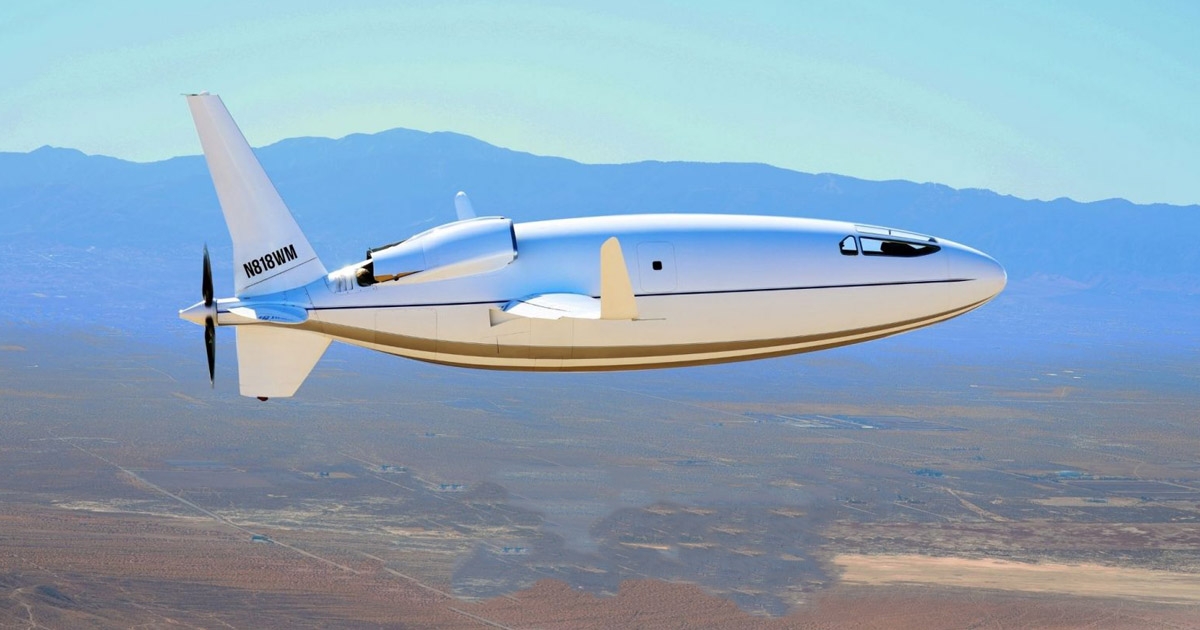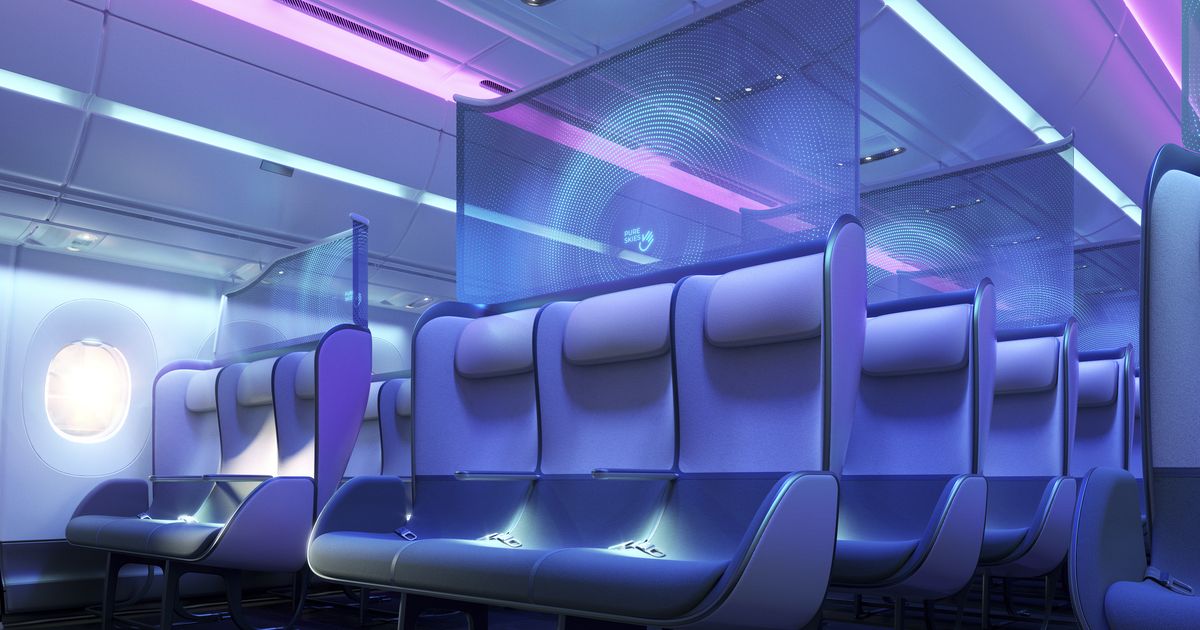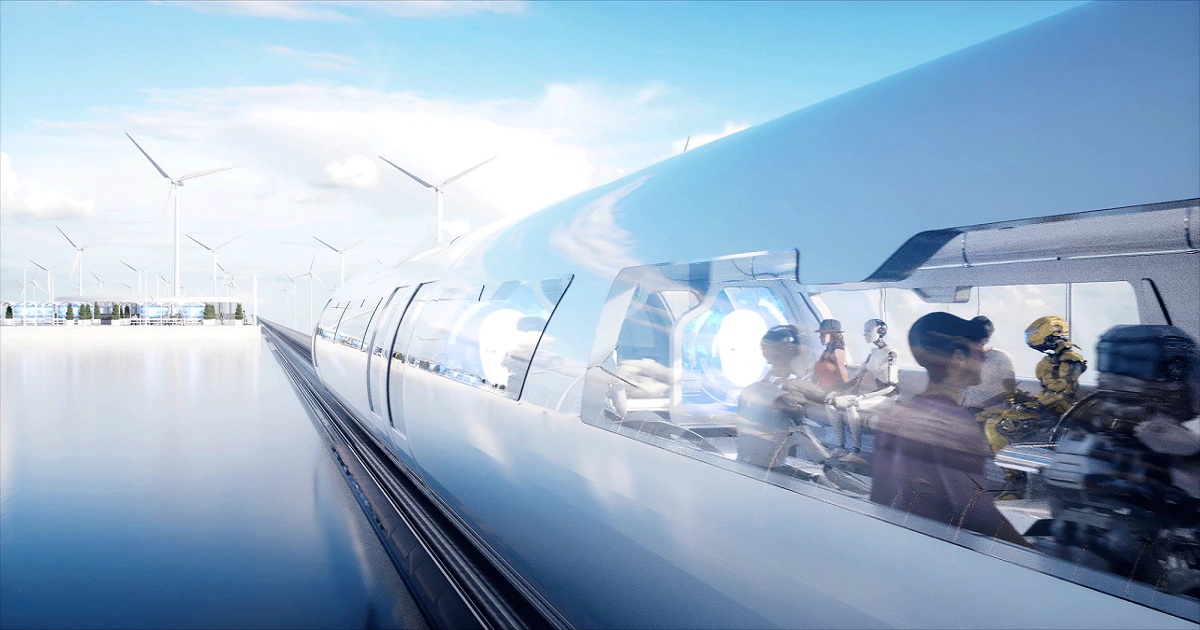- 22 August 2024
- 322
The Future of Air Travel: Safety and Efficiency

The aviation industry stands on the cusp of a transformative era, driven by technological advancements, evolving consumer expectations, and a heightened focus on sustainability. Central to this transformation are two critical pillars: safety and efficiency. As we navigate the complexities of the modern world, the future of air travel promises to be safer and more efficient than ever before. This article delves into the innovations and strategies shaping this future, exploring how the industry is poised to meet the challenges and opportunities that lie ahead.
Technological Advancements in Aviation
The future of air travel will see significant improvements in aircraft design. Advances in materials science have led to the development of lighter, stronger materials such as carbon fiber composites. These materials not only enhance the structural integrity of aircraft but also contribute to fuel efficiency by reducing weight. Furthermore, innovations in aerodynamics are resulting in more streamlined aircraft designs, which minimize drag and improve fuel consumption.
Autonomous Systems and Artificial Intelligence

Autonomous systems and artificial intelligence (AI) are set to revolutionize air travel. AI-driven systems can enhance pilot decision-making by providing real-time data analysis and predictive maintenance capabilities. Autonomous technologies, including advanced autopilot systems and unmanned aerial vehicles (UAVs), are paving the way for greater operational efficiency and safety. These systems can reduce human error, optimize flight paths, and ensure more precise control over aircraft operations.
Safety Innovations
Safety remains paramount in the future of air travel. Advanced surveillance and monitoring technologies are being integrated into modern aircraft to enhance situational awareness and early threat detection. The use of real-time data from satellite-based navigation systems, coupled with ground-based radar and sensors, enables more accurate tracking of aircraft movements. This integration allows for timely responses to potential safety hazards, such as adverse weather conditions or unauthorized aircraft in restricted airspace.
Predictive Maintenance
Predictive maintenance is another critical component of future aviation safety. By leveraging AI and machine learning, airlines can monitor the health of aircraft components in real-time and predict potential failures before they occur. This proactive approach to maintenance reduces the risk of in-flight malfunctions and ensures that aircraft are always in optimal condition. Predictive maintenance not only enhances safety but also minimizes downtime, contributing to overall operational efficiency.
Efficiency Enhancements
Efficiency in air travel is closely linked to sustainability. The aviation industry is making significant strides in the development and adoption of sustainable aviation fuels (SAFs). SAFs, derived from renewable sources such as biofuels and synthetic fuels, have the potential to reduce greenhouse gas emissions by up to 80% compared to traditional jet fuels. The widespread use of SAFs will play a crucial role in achieving the industry’s carbon reduction goals and enhancing the overall efficiency of air travel.
Air Traffic Management Modernization
Modernizing air traffic management (ATM) systems is essential for improving efficiency in air travel. The implementation of next-generation ATM technologies, such as the Single European Sky ATM Research (SESAR) and the NextGen program in the United States, aims to optimize airspace utilization and reduce congestion. These systems leverage satellite-based navigation, data sharing, and automation to enable more direct flight routes, reduce delays, and enhance fuel efficiency.
Passenger Experience
The future of air travel will also see significant improvements in passenger experience, with a focus on streamlining security processes. The integration of biometric technologies, such as facial recognition and fingerprint scanning, will expedite identity verification and reduce wait times at security checkpoints. Additionally, advanced screening technologies, including computed tomography (CT) scanners, will enhance threat detection while minimizing the need for manual inspections.

Connected and Smart Airports
Airports of the future will be connected and smart, leveraging the Internet of Things (IoT) and AI to enhance operational efficiency and passenger convenience. Smart airports will use data analytics to optimize resource allocation, manage passenger flow, and provide real-time information on flight status and gate changes. These innovations will create a seamless travel experience, reducing stress and improving overall satisfaction for passengers.
Conclusion
The future of air travel is poised to be safer and more efficient, driven by technological advancements, innovative safety measures, and a commitment to sustainability. Enhanced aircraft design, autonomous systems, and AI will revolutionize aviation, while predictive maintenance and advanced surveillance will ensure the highest levels of safety. Efficiency will be further enhanced through the adoption of sustainable aviation fuels and the modernization of air traffic management systems. As the industry continues to evolve, passengers can look forward to a more streamlined and connected travel experience. The future of air travel, underpinned by safety and efficiency, promises to deliver a new era of aviation excellence.

